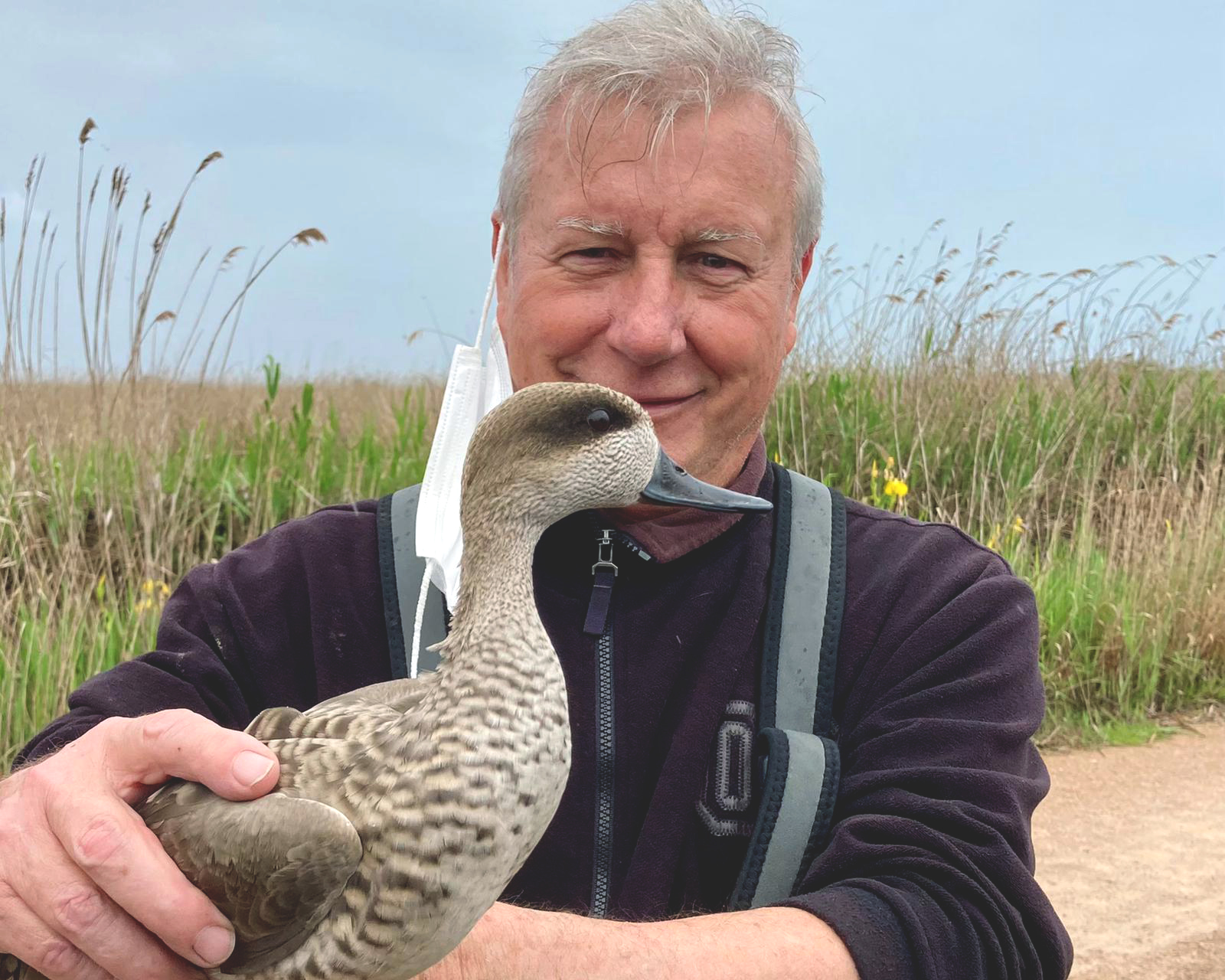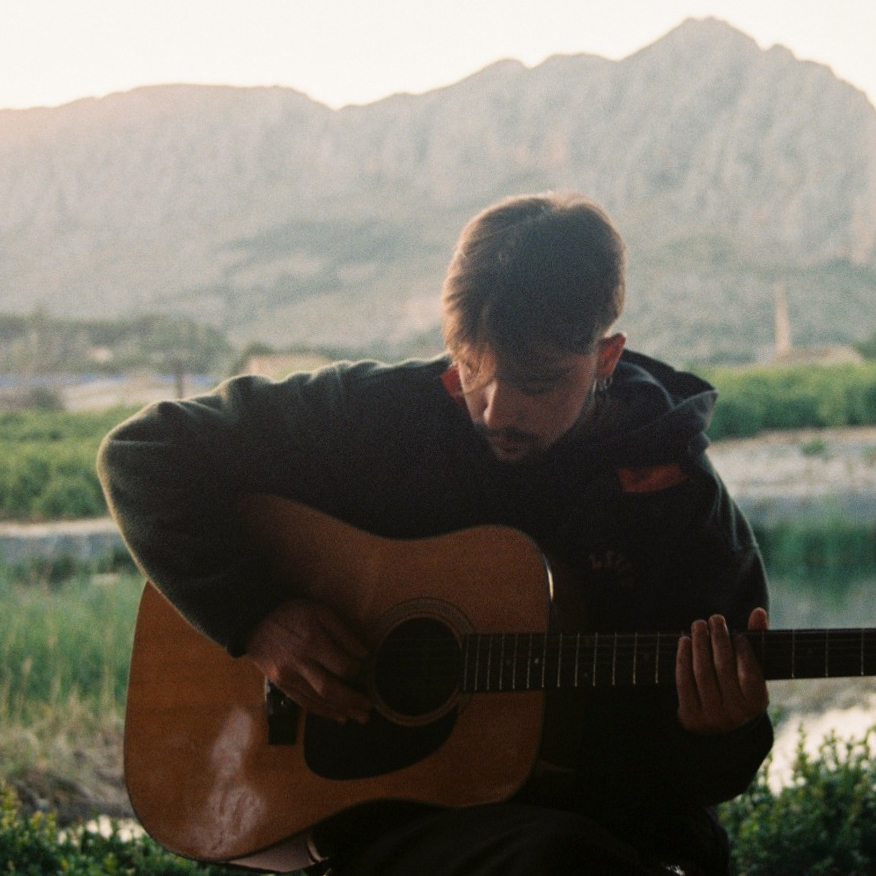Enric Amer: «the reservoir for the recharge of aquifers had a positive effect on the conservation of the Almenara Marsh»

As a starting point for a new series of articles on the wetlands of the Valencian Community, Evarist Caselles, our environmental blogger, talks to Enric Amer to reflect on these wetlands and, as one of the main activists at the forefront of the conservation of the Almenara Marsh, on the construction of a dam to improve its river dynamics.
Enric, in 2018 you wrote an article in spores magazine about the Almenara Marsh and its history. From that moment until today, can we find any significant change in the marsh?
Yes, a significant and problematic change because of what it means. In 2017, one of the last reservoirs of the 20th century was put into operation, but it was the first reservoir to be built not to hold surface water and distribute it, but to recharge aquifers. The work on the Algar reservoir was completed in 2000, it was necessary to carry out a strength test, to flood it little by little and for the engineers to check that there were no cracks and that no problems were found in the infrastructure. But in August the work was finished and in October a DANA (isolated depression at high levels, i.e. “cold drop”) came. At that time the work had no floodgates or anything else, and the flow of the river increased from 1 m3/s to 1,000m3/s.
And was the dam prepared for that?
The dam is built precisely in the recharge area of the two aquifers: the Algar-quart aquifer, whose discharge area is the Fuente de Cuarto, and the Salto del Caballo aquifer, whose discharge area is the ponds, the Fuente Redonda and these karst mountains that surround us. And it is very important to stress that the dam is built on a karstic system, where the mountains are perforated and have filtrations, so it is very risky to build a dam, because you don’t know how the water mass will behave.
So what happened with DANA?
The water began to flow underneath, the water that was supposed to flow out as stipulated with the construction of the dam, so that neither Canet nor the Port of Sagunto would be flooded. However, it was so great that the reservoir was flooded, filling its 7 hectometres of capacity, and the retained water overflowed. Even Sagunto had to be warned in case of a major flood. There was no catastrophe, but it was a big scare for all of us.
We did see that two weeks later the level of water in the reservoir had dropped sufficiently, and the water infiltrated through the drains, an indicator that we were in a very powerful recharge area, as has been gradually verified by closing the floodgates in other DANA. In 2018, they spent seven months making these notes.
Here, in 2018, is when you write the article.
In fact, immediately afterwards, the behaviour of the dam was considered to have stabilised, and they dared to close the floodgates. And what did I see? That the fourth source, as far as we know its behaviour over the last 30 years, had 80% of its water used for irrigated crops and was overexploited. We have observed that where rice used to be grown there is no longer enough water for irrigation. In summer is when most water is extracted for cultivation and this is done in two aquifers that feed the marshes.
This breaks the water cycle.
Indeed, in summer there was plenty of water in the marsh, but the aquifer could not withstand the annual cycle. And this is where the dam comes in, because from the moment it came into operation the water is stabilised throughout the year, and there are no changes in the water tables in the area and in the water recharge cycles of the aquifers. The fangs gush all year round with a good intensity. In short, the temporary water cycle has stabilised.
Can we see any further changes?
Yes, of course. However, there are two more things: we have a roadmap to follow with the approval of the Rule of Use in October 2021, obligatory as a European Nature 2000 SAC and as a wetland of International Ramsar Importance, and another advance in participatory governance with the collaboration agreement between the Generalitat and AE-Agró for the implementation of the Use Plan for the whole marsh, approved in March 2022.
Do you think anthropic actions on the territory can coexist in harmony with natural spaces?
In this specific case that I mentioned earlier, it led us to a great contradiction as ecologists, because we tend to think that conservation is related to the maximum naturalisation of ecosystems. So, we were approached with a project as if we were saying “swamp”, in a river system. That is to say, another infrastructure in a river, when the European Commission for 2030, one of the things it plans to do is to remove the great number of obstacles in European rivers.
And should the environmental world advocate the same?
I think so. We were defending an anthropic action that is not in harmony with the new environmentalist proposals. It was a contradiction, as it were, in theory. In reality, it is a debate that had not yet taken place in the environmentalist environment, to see if any of these technological activities were interesting or not for the well-being of the ecosystem, from the point of view of biodiversity. In my case, I found that the reservoir for aquifer recharge had a positive effect on the conservation of the Almenara marsh.
How do you see the economic development of society, does it match the conservation of natural areas?
Not at all. In fact, from my point of view, we have gone beyond certain limits. As in the case of irrigated agriculture, where we have lobbied hard to regulate it and we want to avoid another concession. And in this way we try to solve the rest of the problems by nature-based solutions, as the IUCN says. Although these may not be without anthropogenic intervention.
Basically, interventions in river basin systems have always been sustainable, since only a small flow was diverted to irrigate, without hindering the rest of the water in the basin. In the case of Mediterranean rivers, we consider that we have already reached a maximum of their exploitation. We believe that the efforts of the hydrographic confederation cannot now be devoted to granting more concessions that aggravate the natural dynamics.
What is the relationship you have with the different entities, institutions, organisations, is it good?
The relationship is based on the demands we make of the administration and this has subsequently translated into our presence in the participation councils. Especially when the Water Framework Directive or other European laws and directives calling for strategic social participation were implemented.
And is their involvement from the beginning of the process?
From the beginning of the river basin plans, there must be social participation. In our specific case, at the time when the environmentalist world intervened in the hydrographic confederation, the water council at the state level was made up of approximately 100 people, of which more than 90 were from irrigation associations, another part were environmentalist associations and another smaller part was for the universities.
In order to carry out the defence and conservation of the Almenara Marsh, do you take reference from the actions in any other natural area?
Well, more or less, a similar case of conservation is that of the Pego-Oliva Marsh. Knowing what happened to Pego, here we did not act against 250 wells, nor against the general problem, but against a specific problem centred on some people who were caciques. More than a reference point from which to act, it was a learning point, in which we did not allow ourselves to make the same mistakes.
Do you consider that wetlands are different from other natural areas in terms of conservation?
What we must bear in mind is that this type of natural problem is closely related to society and its customs, since we have been living in these homes for 2000 years. We must know very well the socio-economic conditions of the area in which you want to act and have a lot of consideration in the social network.
On the other hand, it must be taken into account that you were a minority from a conservation point of view, because you are not in the Amazon, nor in the Nile. However, let’s not forget that we are working with the end of the fertile Mediterranean triangle coming from Mesopotamia, the origin of our civilisation, that is to say, marshy areas of great exuberance with a good climate and good water quality.
And finally, you dedicate a lot of time to the students. Do you think that in the different degrees in the field of biology the contents of land conservation are correctly covered?
I miss human geography and the connection with the real world, and I think it should be compulsory in internships. Especially in the field of environmental and biological sciences. But I do think there are some very positive things, such as specialisation.
I am amazed at the number of fields in which you can specialise, this is a great step forward. For me it is fundamental, because we have seen it in practice. Just as we have always missed experts in geology, because there were very few people who knew about the dynamics of aquifers. But all in all, I think that the studies on the conservation of natural areas, apart from a few shortcomings, are on the right track.







